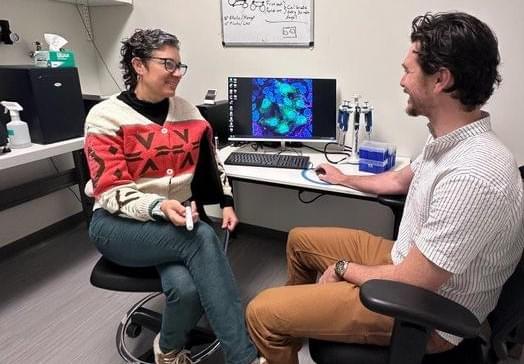
Google.org, Google’s charitable wing, is launching a new program to help fund nonprofits developing tech that leverages generative AI.
Called Google.org Accelerator: Generative AI, the program is to be funded by $20 million in grants and include 21 nonprofits to start, including Quill.org, a company creating AI-powered tools for student writing feedback, and World Bank, which is building a generative AI app to make development research more accessible.
In addition to funding, nonprofits in the six-month accelerator program will get access to technical training, workshops, mentors and guidance from an “AI coach.” And, through Google.org’s fellowship program, teams of Google employees will work with three of the nonprofits — Tarjimly, Benefits Data Trust and mRelief — full-time for up to six months to help launch their proposed generative AI tools.









